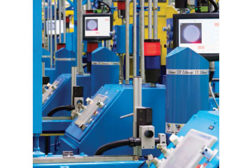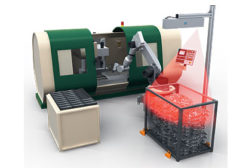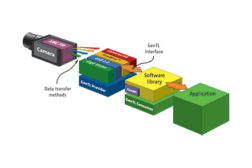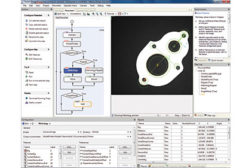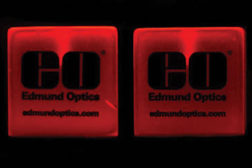Vision & Sensors
Vision & Sensors - Color Analysis
Modern manufacturing calls for accurate inspection methods.
Read More
Vision & Sensors - Smart Cameras
Trends in Vision: Application-specific Integrated Solution Blocks Improve Quality
January 2, 2013
Vision & Sensors - GigE Vision Standard
Blazing the GigE Vision Trail
Highlights and benefits of an important vision standard.
December 3, 2012
Vision & Sensors - Imaging Standards
Meet the Machine Vision Standards
Data transmission standards for machine vision
December 3, 2012
Vision & Sensors - Software
Vision Library or Vision-Specific IDE?
Find out which is right for you.
December 3, 2012
Vision & Sensors - 3-D Imaging
3-D Vision Made Easy
The technology is not as time-consuming or costly as you think.
December 3, 2012
Vision & Sensors - Best Practices
Using Optics to Optimize Your Machine Vision Application
Explaining the fundamentals of using optics to optimize a machine vision application.
December 3, 2012
Stay in the know with Quality’s comprehensive coverage of
the manufacturing and metrology industries.
eNewsletter | Website | eMagazine
JOIN TODAY!Copyright ©2025. All Rights Reserved BNP Media.
Design, CMS, Hosting & Web Development :: ePublishing
